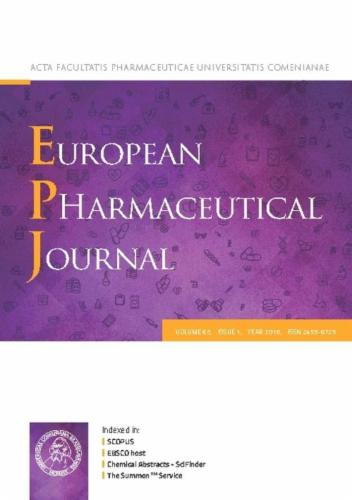Evaluation of the antiseptic and wound healing potential of polyhexamethylene guanidine hydrochloride as well as its toxic effects
Abstract
The synthetic polyhexamethylene guanidine hydrochloride (PHMGH) polymer presents antifungal and antimicrobial activities in vitro. However, in vivo reports regarding its antiseptic and healing activity are scarce in the scientific literature. Thus, the present study aimed to evaluate the antimicrobial and healing effects, as well as toxicological parameters, of a topical solution containing 0.5% PHMGH (Akwaton?) in the treatment of superficial skin wounds experimentally induced on the dorsum of rodents. In addition, non-clinical safety studies were also conducted for use in human health, such as acute oral toxicity and genotoxicity tests. Animals did clinically not present dermatitis. After two days of topical treatment, PHMGH showed a significant antiseptic effect compared to the untreated group, reducing the number of colony-forming units by 72%, reaching 100% on the fourth day of treatment. The animals treated with PHMGH showed a significant area reduction of the skin lesions in relation to the untreated group, indicating a healing effect of the polymer. Moreover, PHMGH treatment led to a significant increase in fibroblasts when compared to the untreated group, revealing its healing action. No significant differences were observed between the biochemical indicators of hepatoxicity and nephrotoxicity, nor genotoxicity between the PHMGH-treated and the negative control groups. The results of acute oral toxicity showed that PHMGH at 5% presents a lethal dose 50% greater than the 2000?mg/kg. At a concentration of 5%, PHMGH did not show genotoxicity nor cytotoxicity at doses up to 1500?mg/kg through the micronucleus assay in mice. Therefore, 0.5% PHMGH showed an antimicrobial and healing effect, with no toxicity, and could be a promising adjunct in the microbial control of healing wounds.





